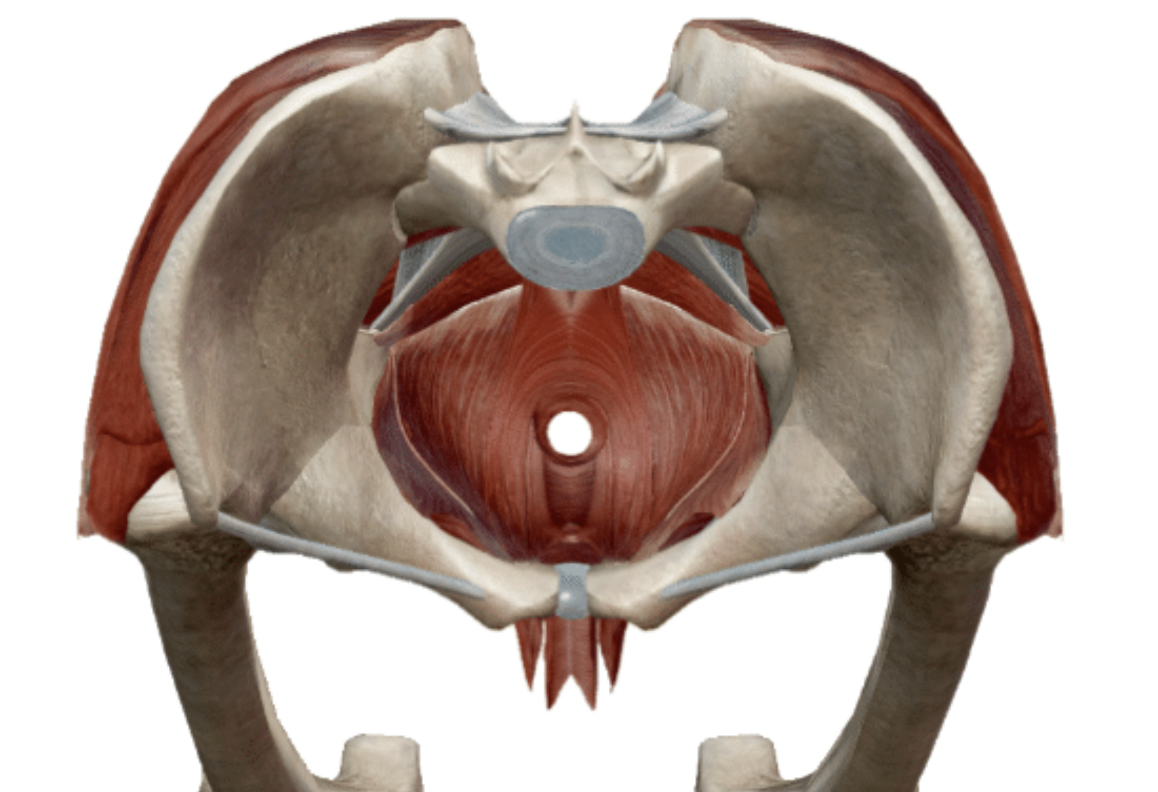If you are a fairly active person, likely at some point in time you have experienced low back or hip pain. It seems counterintuitive: if you are doing what YOU can to stay active and healthy, then why can’t your body just follow suit and go along with the program already!? Often times it comes down to one basic problem:
Faulty trunk position →Poor core stability→Pain or injury
So what exactly does “faulty trunk position” mean? You might be more familiar with terms like your center of gravity, out of alignment, if you are a dancer then the string pulling up from your head. Instead, we are going to talk about the trunk of your body using the term ‘bowls’ to describe your alignment. The bowls closed concept used by physical therapists such as Dr. Sarah Haran, helps patients visualize their trunk position and achieve proper alignment. Imagine you have two bowls. The top ‘bowl’ is like an upside down bowl at the bottom of your ribcage. When you exhale your breath, your diaphragm raises up into your ribcage creating that top upside down bowl.
Top bowl:
Lower ribcage and diaphragm
Bottom bowl:
The pelvic bones and pelvic floor muscles
Your bottom bowl (right side up) is your pelvis. In order for you to have good core stability, you need to be able to “close your bowls” meaning you have to have your bowls stacked on top of each other. If your top bowl (ribcage) is protruding past your bottom bowl (pelvis), then your ribs are flaring out. If your bottom bowl is dipping forward, then you are going to be overextended in your low back. Both of these position faults mean that you lose stability, not only structurally at the level of the spine, but also functionally, as you have less muscle recruitment of key core muscles that support your back and hips! This can lead to pain during or after exercise, and increase your risk of future injury.
How do you stack up?
Stacked bowls means a steady foundation. Unlevel bowls mean it’s easier to come apart.
So now what?!
Try this exercise:
Lie on your back with a foam roller at your spine with your knees bent and head resting on the foam roller.
Press your low back into the foam roller while sinking your ribs down towards the foam roller as well. Relax your glute muscles. You should not feel any tension in your hips.
Hold for 5-10 secs focusing on your breathing, then relax.
If this is a hard position for you to maintain, then you could start here. When you get more comfortable in this position, you can move on to more challenging positions.
Think about…..
how does your “bowl’s closed” position look when you’re in a squat? What about an overhead squat? THe overhead squat is one of the most challenging movements in CrossFit due to its mobility and strength demands. Let’s take a look:
In the first picture, you see that her ribcage is protruding out past her pelvis, and her pelvis is dropped forward, flaring her ribcage and extending her spine. In the second picture, her bowls are stacked on top of each other, her ribcage is pulled down and her pelvis is slightly tipped back into a neutral position. Here, she is still maintaining that natural lumbar curve and she doesn't have her hips pushed all the way to the back. In this position, she is pushing her ribs down and rotating my hips back (Like in the previous exercise) to create the “bowl’s closed” position. Now, her body is ready to accept the weight on the barbell, and she is less likely to hurt herself.
Your turn!!! Note if it is difficult for you to keep your “bowl’s closed”. If so, use the exercise we have provided for you to create some body awareness of what that position is supposed to feel like. Here are some additional exercises to try below:
How to achieve that “bowl’s closed” position while laying down
How to achieve that “bowl’s closed” position when standing or lifting
As always, if you struggle with these movements and want some extra help you can always call to set up a free discovery call to discuss if performance physical therapy is the right fit for you!
Need more help?
Reach out to one of our Physical Therapist’s at Athlete’s Mechanic to help!







